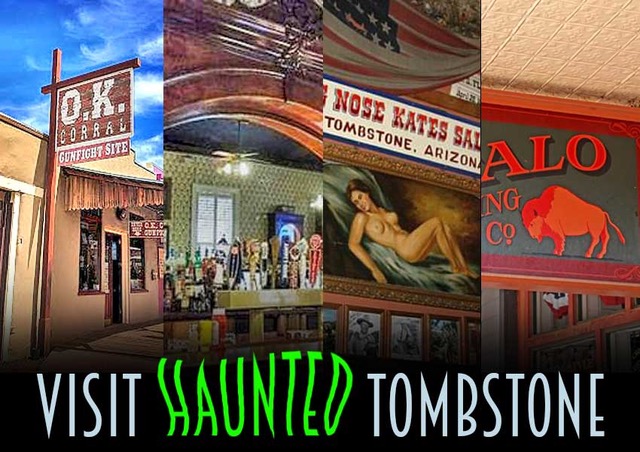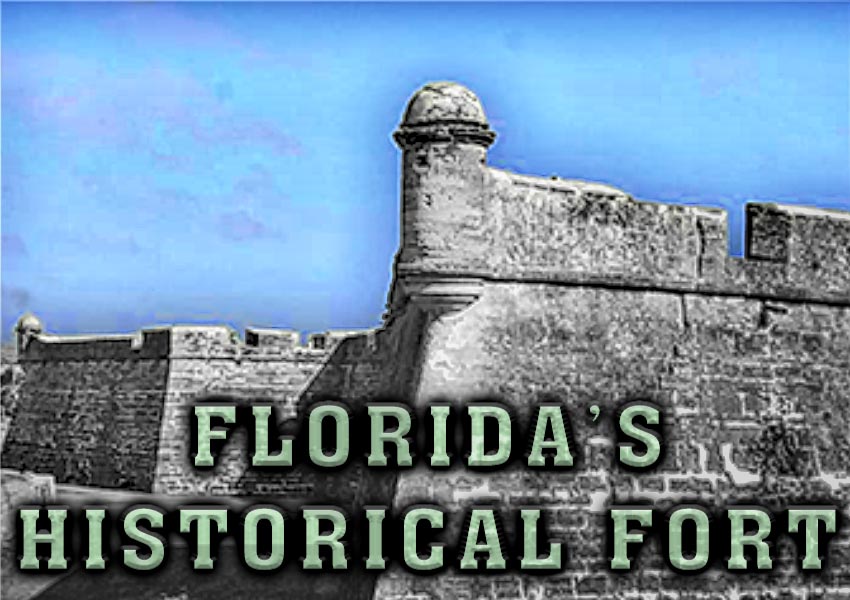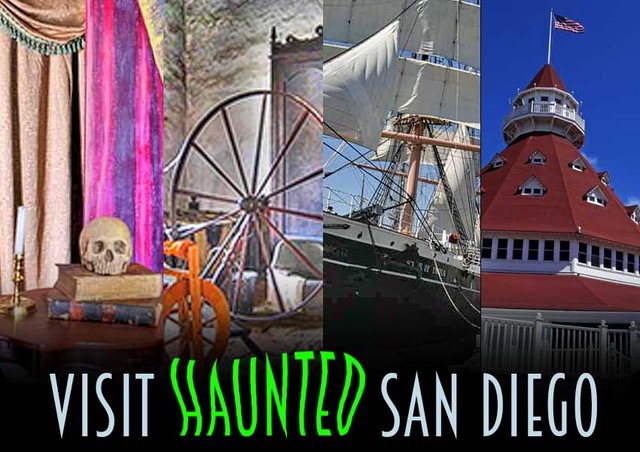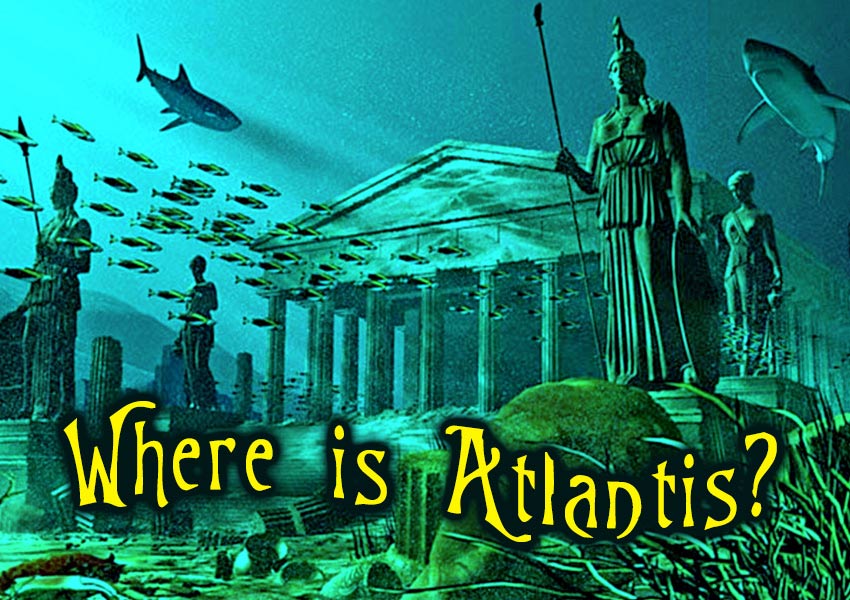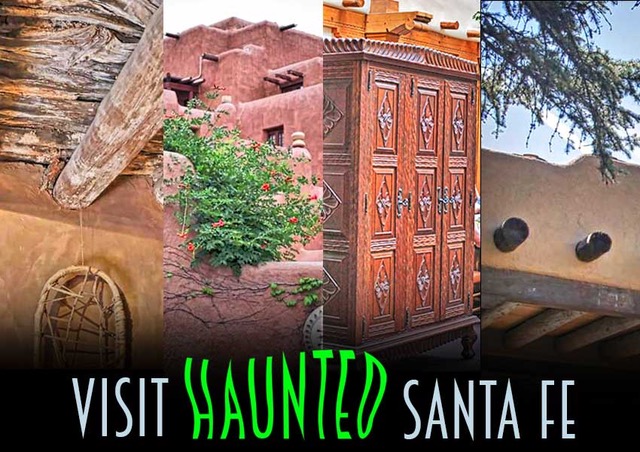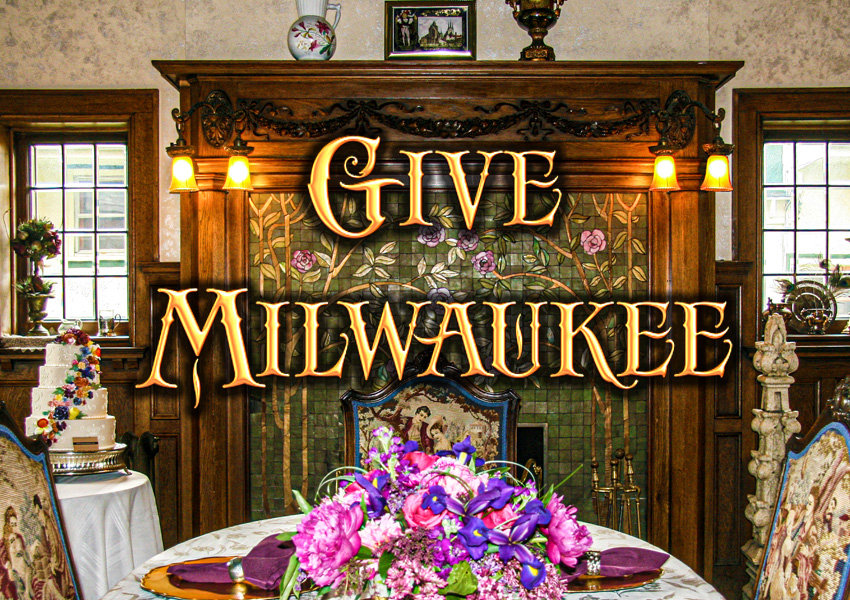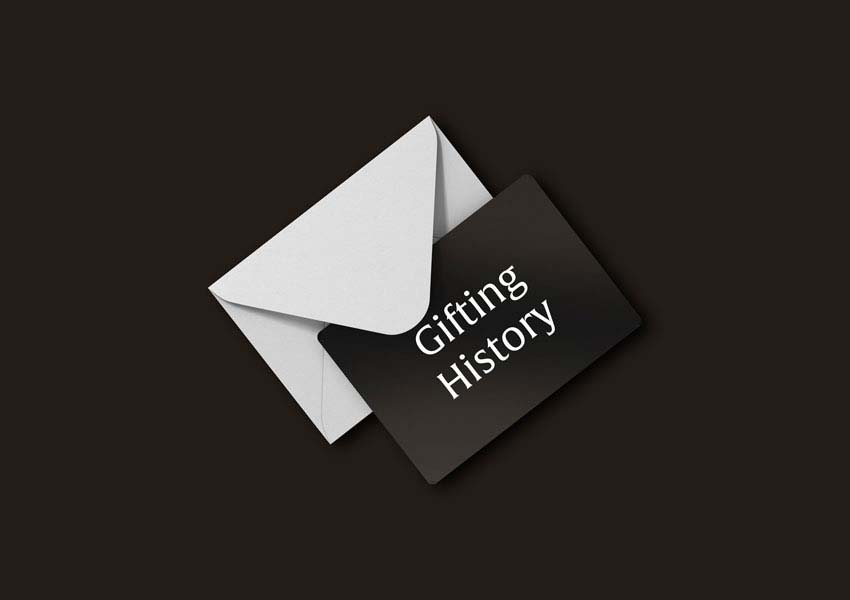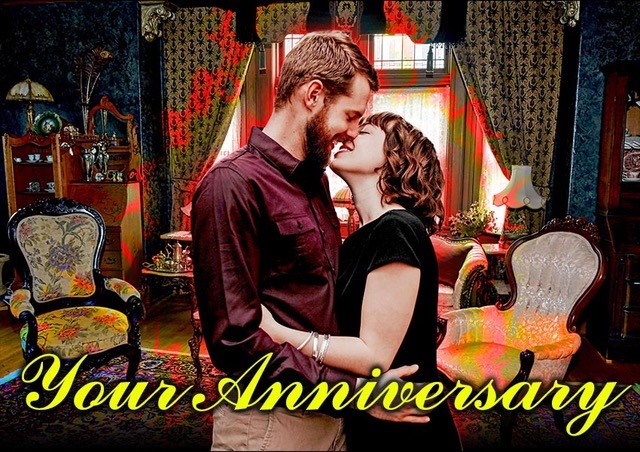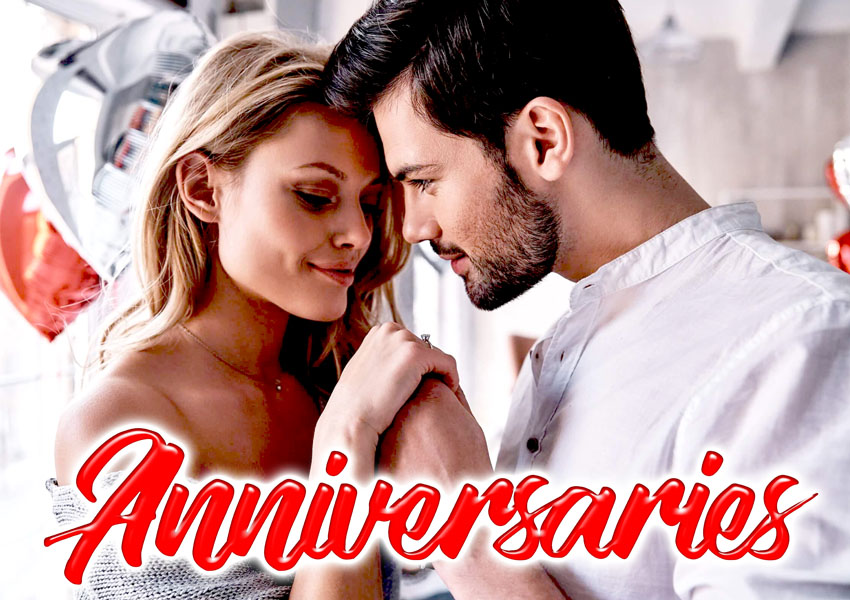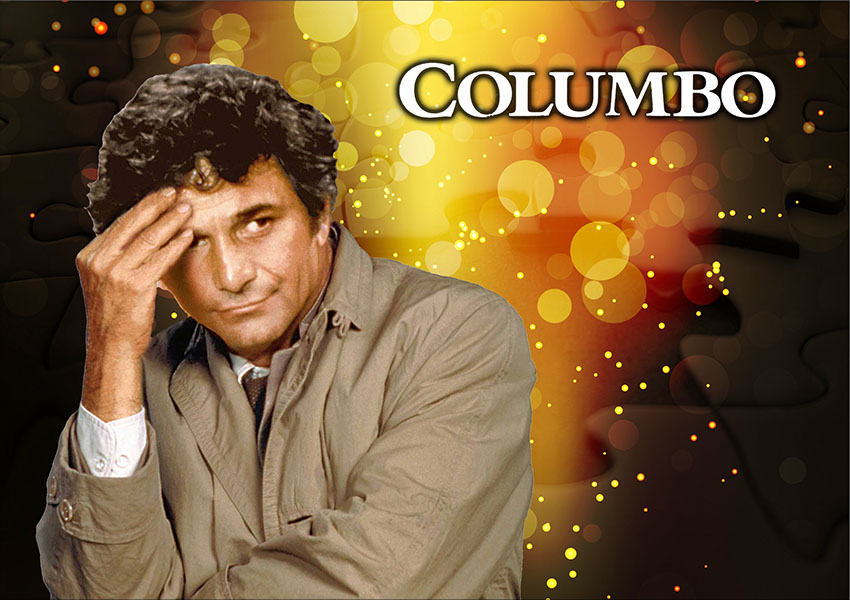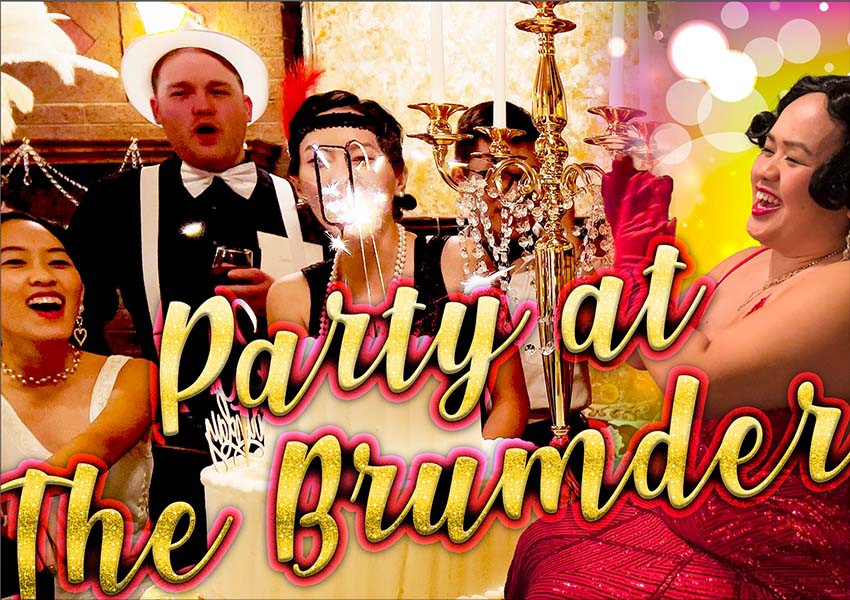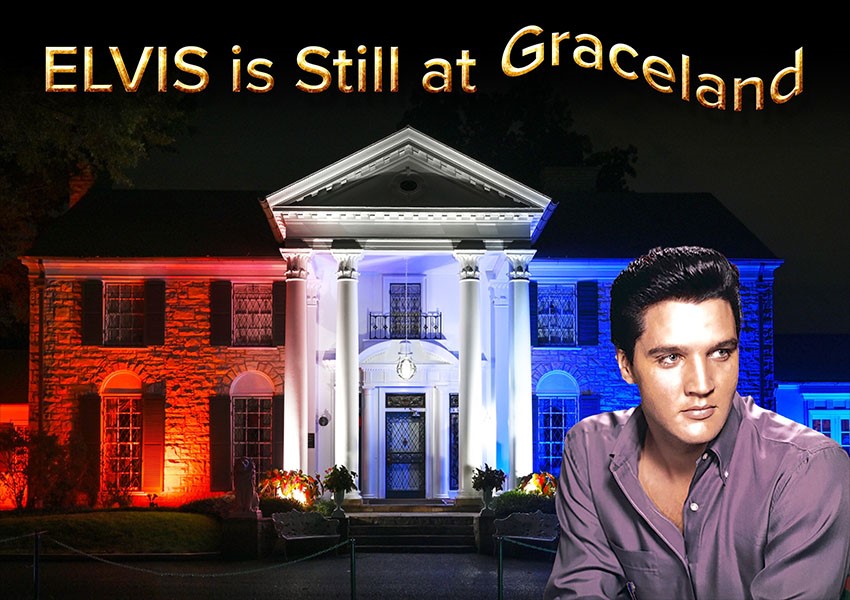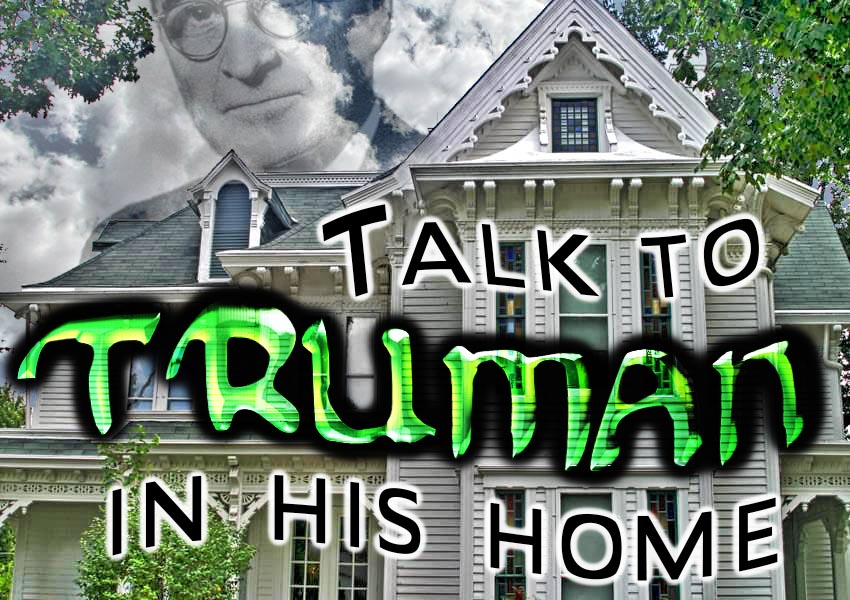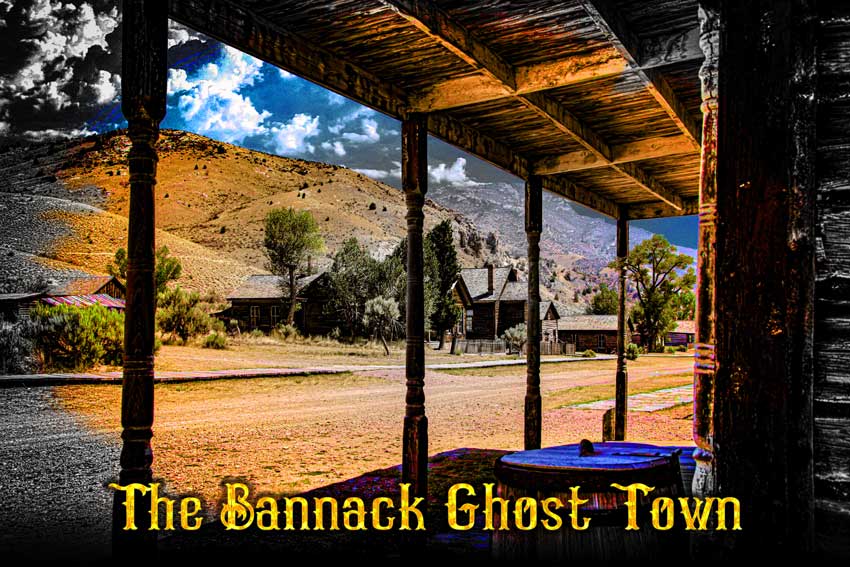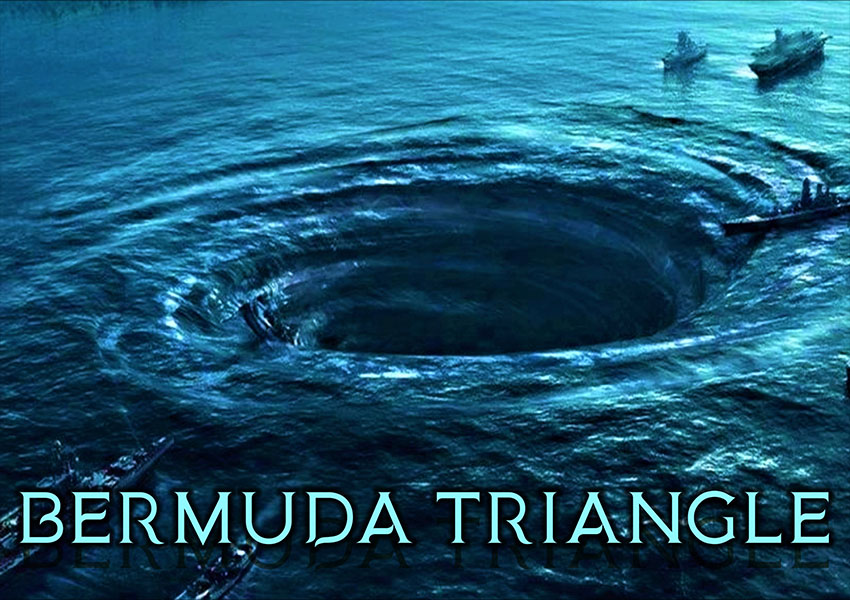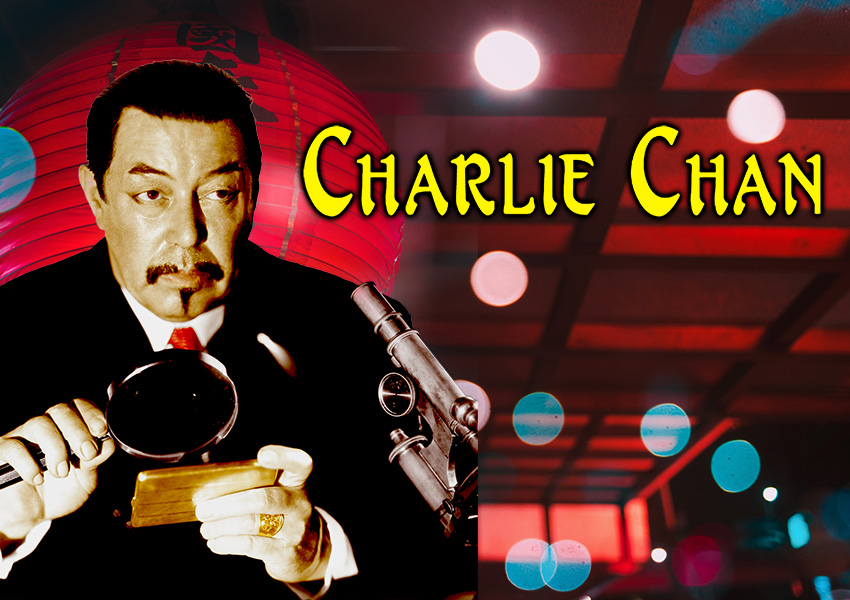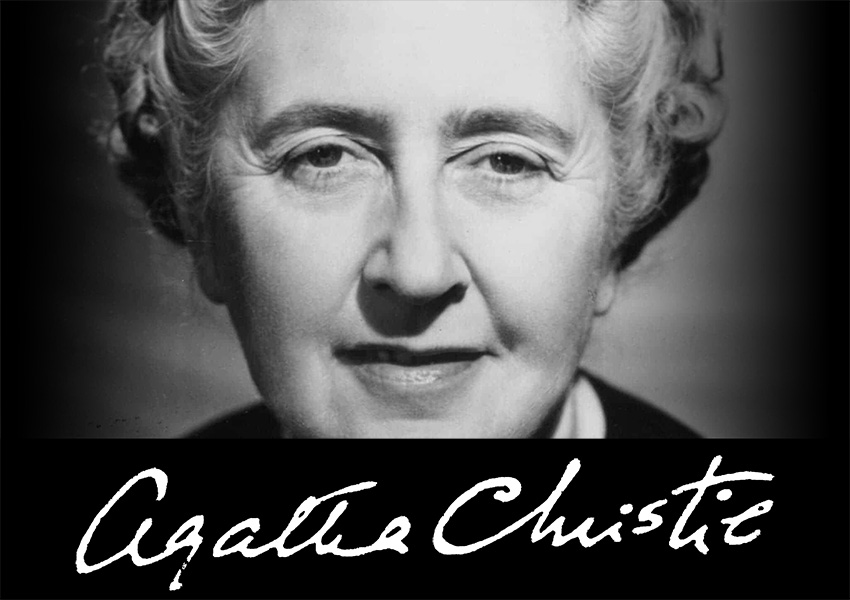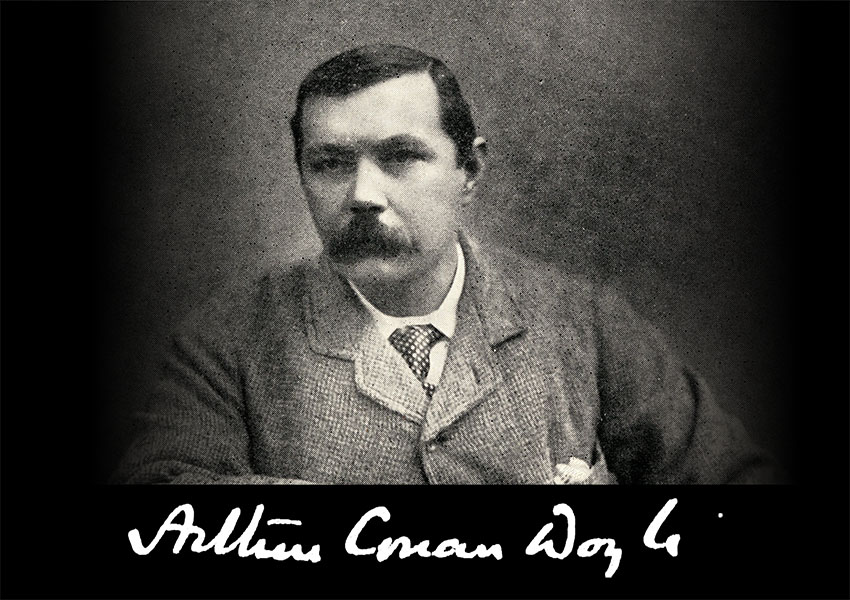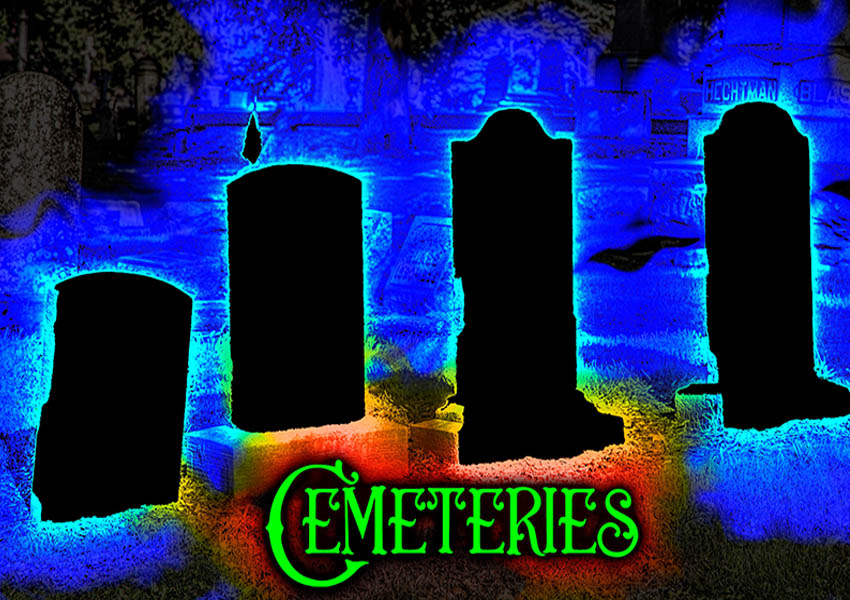Phoenix Arizona
Pioneer Village Saloon and Telephone Museum






Electricity and mechanical items can be irresistible to intelligent spirits.
DESCRIPTION
The Pioneer Village Saloon and Telephone Museum is a long, rectangular rustic looking wooden structure in the front of the Pioneer Living History Village. It sits next to the reconstructed Mercantile that is perpendicular to the right side of the Telephone Museum.
The Telephone Museum shares the same building with the Pioneer Saloon. There is no wall between the two. A visitor can walk from the saloon into the museum. I took the tour of the Telephone Museum with a tour guide through the different exhibits of the progress of the telephone and other gadgets that developed along with the telephone. I found it fascinating.
 There are a lot of detailed exhibits and the guide gave me much information about the history of the phone, including the different steps taken for the telephone to evolve. They have very detailed exhibits, many old phones, and paraphernalia from many sources, including radio phones that the armed forces have used, and other phone-based technology that made a difference through the years. Yes indeed, it is a well-researched, well presented Telephone Museum.
There are a lot of detailed exhibits and the guide gave me much information about the history of the phone, including the different steps taken for the telephone to evolve. They have very detailed exhibits, many old phones, and paraphernalia from many sources, including radio phones that the armed forces have used, and other phone-based technology that made a difference through the years. Yes indeed, it is a well-researched, well presented Telephone Museum.
The tour is well worth it. Also on display, and of interest to me, was the switchboard from the Indian School and the large mechanical display that showed the mechanical steps needed by of an older model phone to make a call and have the bell ring on the other end of the line. The old-fashioned phones are very enticing for the living, and apparently attract a spirit or two.
The Pioneer Saloon is the authentic reconstruction of the “Road To Ruin Saloon.”
They did a terrific job recreating this Gila Point hole-in-the-wall watering hole, a structure right out the 1880s, including a colorful sign. This large sign on the top of the roof states, WHIS, with a picture of a key, and the words printed below: “THE ROAD TO RUIN.”
The inside depicts a beautifully authentic late 19th century saloon that feels like the visitor just went through a time warp. As you walk in the door, the pride and centerpiece of this exhibit is the absolutely gorgeous Mahogany Bar that stands along the west wall, which does take the breath away.
Not only has it long been the cherished centerpiece of several saloon owners, it also gives any place it rests in an aura of beauty and an upscale feel. Most of the bar, including the countertop, backdrop and cabinet make a wonderful display. The mirrors on the bar each weigh about two tons each and are about one and quarter inch thick.
A few items were replaced or lost along the way. The railing is a piece of narrow gauge rail from Crown King, AZ, the stirrup and lights were added on later, and the towel racks that would have been on the front of the bar were removed. A matching cabinet to the cabinet on display is missing. There are stools down the length of the bar and a table or two. This historical display looks like the bartender and customers just went outside for a minute.
Around the inside, there are historical photos and pictures of the 1880s Saloon from the Salvation Army era when they owned this building, as well as images showing the travels of the Mahogany Bar, built to last for many years of use.
HISTORY
The Pioneer Saloon exhibit is the reconstruction of the Saloon, called WHIS (picture of a key under WHIS), then “Road to Ruin” that served drinks and alcohol to the folks of Gila Bend during the 1880s.
Around the turn-of-the-century, the Saloon became the property of the Salvation Army branch in Phoenix. The name was changed to “The Road to Heaven,” and became the first facility of the Salvation Army in Phoenix. This was part of the effort of Captain Marion Evans to “close the door on sin,” and the consequences of heartbreak caused by alcoholism. Shining the light of the Lord on people drowning their sorrows by drinking gave them a better way to deal with their problems, through belief in a loving God.
At some point, the Salvation Army moved to a bigger and better building. The Saloon building may have had another life as a bar, a store, or became apart of another building.
It also could’ve burned to the ground, a fate that happened to many wooden frontier buildings.
The beautiful Mahogany Bar was built in Dubuque, Iowa by the Brunswick Balke Collender Company. After it was finished, it was sent to New York City, loaded into a cargo ship and took a boat ride around South America to San Francisco Bay. There it was loaded onto a wagon, and pulled by twenty mule teams to Virginia City, Nevada. It stayed there; its new home for the silver mine boom. When the boom was over in a few years, the population of Virginia City decreased to 300 residents.
No longer needed, the bar was sold again to a Saloon in Jerome during the 1880s. While in Jerome, people carried it out of the bar twice to avoid the two fires. On the side nearest the entry door, the visitor can see fire damage.
In 1900, this bar was sold to Joseph Mayer. It was moved to the city of Mayer, AZ, about 40 miles north of the Pioneer Museum. The bar stayed in M
HISTORY OF MANIFESTATIONS
Antiques and/or items, and furniture that have a lot of memories of people while alive, can become magnets to spirits who attach themselves to these things and just travel where their favorite item goes.
Cigars and Stripes Hammer Hed Lounge, IL (The wooden bar located here was bought from The Starlight Lounge. Apparently, the spirits of the deceased Starlight Lounge owners, Rose and Joe, have attached themselves to the bar, and found meaningful ways to help both customers and owners).
That Steak Joint Building, IL (Spirits of William and Katherine Devane had attached themselves to their portraits, and did their best to bring bad luck to whomever owned the portraits. Other antiques on display in this restaurant and bar also had spirits attached).
Buffalo Bill Ranch State Park, NE (The spirit of Buffalo Bill loves to visit all of the memorabilia of his life on display in the house and the barns).
The Pioneer Saloon and The Telephone Museum, AZ A spirit from the past could have attached to the bar or something brought into the Pioneer Saloon).
Electricity and mechanical items can be irresistible to intelligent spirits.
General Wayne’s Inn, PA (Spirits of Hessian soldiers like to play with the adding machine, even when the owner was using it).
Manassas National Battlefield Park Welcome Center, VA (Spirits of soldiers that have come inside are fascinated with electric-run items like the lights. They were alive when lights were powered by gas, so it is understandable why flicking the light switches on and off is such a temptation).
McCune Mansion, UT (Turning on the Christmas tree lights and decor was too much of a temptation for a male spirit).
The Pioneer Saloon and The Telephone Museum, AZ (There are some fun hands-on exhibits on display in the Telephone Museum. A spirit who may be attached to one of the items located in the Telephone Museum or the Saloon likes to try these exhibits).
Buildings can become an environmental trigger that draws spirits who love the activities that they once enjoyed while alive.
Cincinnati Music Hall, OH (Spirits who loved the arts while alive, come to attend the concerts and events for free).
Riverside Theater, WI (Spirits of actors and spectral patrons still love to be near the action on stage).
Kansas City Music Hall, MO (While most spirits who enjoy this space are model spectral guests, there is always one in every crowd).
The Pioneer Saloon and The Telephone Museum, AZ (The spirits from other structures in the Pioneer Living History Village may be drawn to the Pioneer Saloon or the fun exhibits in the Telephone Museum).
MANIFESTATIONS
Telephone Museum Fun
A spirit perhaps attached to one of the items on display in this museum or the Saloon likes to activate the ringing telephone mechanical display.
This spirit also likes to pull out the connection points from the Indian School switchboard.
A medium saw a spirit aura near the corner where both spectral attractions were on display.
Spirit of a Cowboy
In the Pioneer Saloon, he has been seen standing on the end of the bar farthest from the end of the bar nearest the door.
He has been seen in the northwest corner of the room by the end of the bar on the north side.
A spectral aura was seen here as well in the corner.
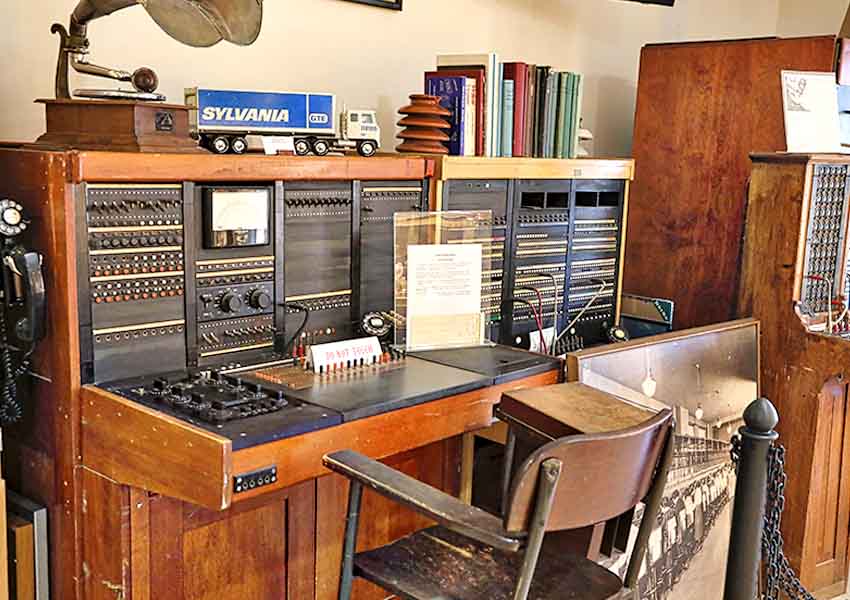










PARANORMAL FINDINGS
The staff of the Telephone Museum have had personal experiences as well as visitors to the building. Mediums have seen the spectral cowboy and a misty form near the Indian School Switchboard.
I couldn’t find any hard evidence that has been made public, unlike the other Pioneer Living History Village buildings.
STILL HAUNTED?
Probably so! It may be a spirit or spirits who came along with the exhibits, or spirits from the other haunted structures who like to visit the Pioneer Saloon and play with the interactive exhibits.
The staff of the Telephone Museum have had personal experiences, as have visitors to the building.
LOCATION
This reconstructed Saloon can be found on the end of the row of three replica buildings, put together in the style of the eras represented in this Living History Village. The reconstructed Mercantile Store, where you buy tickets, drinks, souvenirs, etc. It shares a wall with the long rectangular telephone museum, that opens up on the inside to the small Saloon.
The reconstructed Mercantile Store, where you buy tickets, drinks, souvenirs, etc. shares a wall with the long rectangular telephone museum, that opens up on the inside to the small Saloon.
SOURCES INCLUDE
- Interviews with the staff.
Our Haunted Paranormal Stories are Written by Julie Carr
Our Photos are copyrighted by Tom Carr


